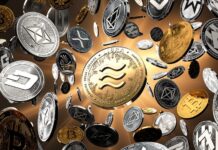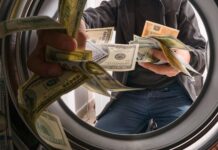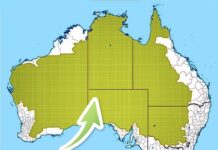
The U.S. car market is saturated with established automakers like Ford (F), Honda (HMC), and Chevrolet (GM). But one company stands out from the mix: electric car maker Tesla Motors (TSLA). Tesla and its CEO Elon Musk gained notoriety in 2012 when it released its flagship car, the Model S.1
Tesla’s release positioned it as one of the few successful independent automakers and a pioneer in the electric car market. Notably, it also proved to be a hit with auto buyers. The Model S, a sleek luxury sedan that starts at $89,490, is ranked best in class in every category for electric sedans.23 When the Model S premiered in 2013, Tesla made headlines when trade press gave it laurels. The electric plug-in car received a near-perfect score of 99 out of 100 from Consumer Reports, which also named it as “the best car ever tested.”4
By September 2014, the car hit all-time sales records in the U.S. with 2,500 sold in just one month, and in Q1 2015, sales reached a new high at 10,030 sold.56 It is now considered a staple within the electric car stratosphere. As of March 4, 2022, the company’s market capitalization was $909.6 billion.

History of Tesla Motors
Contrary to popular belief, Tesla was not an overnight success. The company was founded in 2003 by two Silicon Valley engineers Martin Eberhard and Marc Tarpenning, who wanted to prove that “electric vehicles can be better, quicker and more fun to drive than gasoline cars.”89
The seeds of the company go back to 1990 when Tarpenning met Eberhard, then an engineer at Wyse Technology, and they became good friends. The two had much in common including a passion for starting companies, and they soon launched companies including NuvoMedia, which released the Rocket eBook in 1998.
A passion for autos started soon after Eberhard went through a divorce and decided to buy a sports car. He considered entering the electric car industry after investing in a boutique electric automaker named AC Propulsion.8
In 2001, Eberhard and Tarpenning met Elon Musk after hearing him speak at a Mars Society talk at Stanford University. At that time, Musk already had a portfolio of successful start-ups.8 In 1998, Musk, Peter Thiel, and Max Levchin co-founded the online payment system PayPal, which they then sold to eBay in 2002. Impressively, Musk made $165 million in stocks from the sale.10 Soon after, Musk launched Space X, a company that designs, manufactures, and launches advanced rockets and spacecraft.
Tesla was officially incorporated in 2003 with the goal of inventing an electric car that was powerful, beautiful, and with zero emissions. Other co-founders were JB Straubel—the company’s chief technology officer (CTO) until 2019—and Ian Wright, who left Tesla in 2004. Wright later founded the electric vehicle powertrain company Wrightspeed.1112
In 2004, the company’s co-founders went through initial rounds of investing with venture capital firms.13 Musk led the initial round of funding and soon joined as the head of the board of directors.8 The company’s investors included friends, family, and a litany of VC firms, including Valor Equity Partners.

Tesla CEO: Elon Musk
Elon Musk has become the face of Tesla and is often mistaken as the company’s founder. Musk is a South African-born, Canadian-American who was trained as an engineer. He earned a dual bachelor of science degree in Physics and Economics from the University of Pennsylvania.15
That said, he is an entrepreneur and inventor at heart. In 1995, Musk enrolled in Stanford’s Applied Physics Ph.D. program but dropped out to focus on his business efforts in the renewable energy and outer space arena.16
Soon after, he launched several small successful companies, including the online publishing company Zip2. From that sale, Musk started X.com, an online bank that was acquired by Confinity.16




























